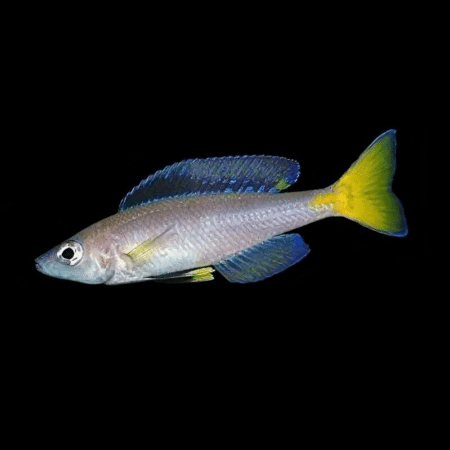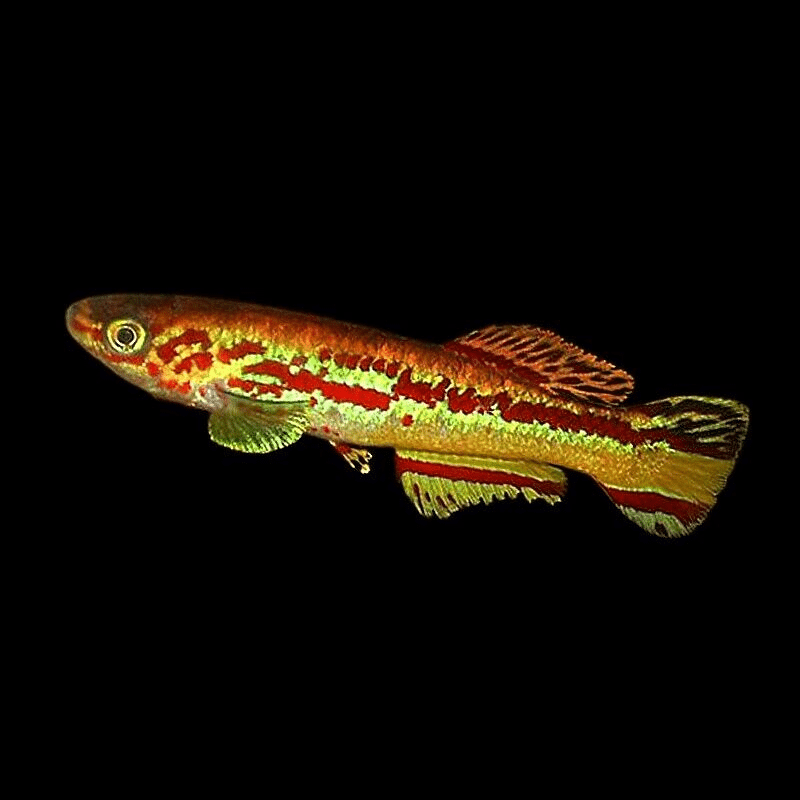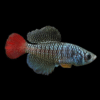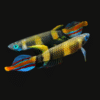-
×

-
×

-
×
 Assorted Colour Vampire Crab Geosesarma Sp 2-3Cm
1 × £8.71
Assorted Colour Vampire Crab Geosesarma Sp 2-3Cm
1 × £8.71 -
×

-
×

-
×

-
×

-
×

-
×

Subtotal: £97.20













Emily Carter (verified owner) –
I recently purchased the Fundulopanchax Amieti ‘Edéa-Yaoundé Km 18 C 89-31’ killifish pair, and I couldn’t be happier! As a passionate aquarium hobbyist, I truly appreciate the vibrant colors and unique patterns these tropical fish bring to my tank. It’s been about two months since I added them, and they’ve settled in beautifully. Watching them dart around has been a delight, and they have displayed such interesting behaviors, especially during feeding time.
What sets these killifish apart from others I’ve kept is their adaptability. They seem to thrive in a well-planted 10-gallon tank with gentle filtration and a bit of floating cover. It makes me feel great knowing they are comfortable in their environment. I’ve noticed they are relatively peaceful, making them perfect for a community tank.
The only minor issue was that they were a bit shy at first, but with patience and time, they’ve become more outgoing. I’d recommend these fish to anyone looking for a stunning addition to their aquarium, especially if you are prepared to create a nurturing environment for them. Overall, I am thrilled with my purchase and would definitely buy again!
Emily Carter (verified owner) –
I recently added a pair of Fundulopanchax Amieti «Edéa-Yaoundé Km 18 C 89-31» to my tropical fish community tank, and I couldn’t be happier! These killifish are not only breathtakingly colorful, with vibrant blues and yellows, but they also have such charming personalities. I’ve had them for about two months now, and they’ve settled in beautifully. They swim gracefully and are quite active, which adds a lively touch to my aquarium.
I love how they get along with my other fish, including tetras and guppies. It’s refreshing to see them interact without any aggression. Compared to other killifish I’ve kept, these are much more sociable and seem to thrive in a community setting. One small note: they do prefer a well-planted tank with hiding spots, which I recommend for their comfort and happiness.
Overall, I wholeheartedly recommend the Fundulopanchax Amieti to anyone looking to enhance their tropical fish collection. These beautiful fish not only brighten up the tank but also bring joy and character to the aquatic environment. They truly deserve a loving home!